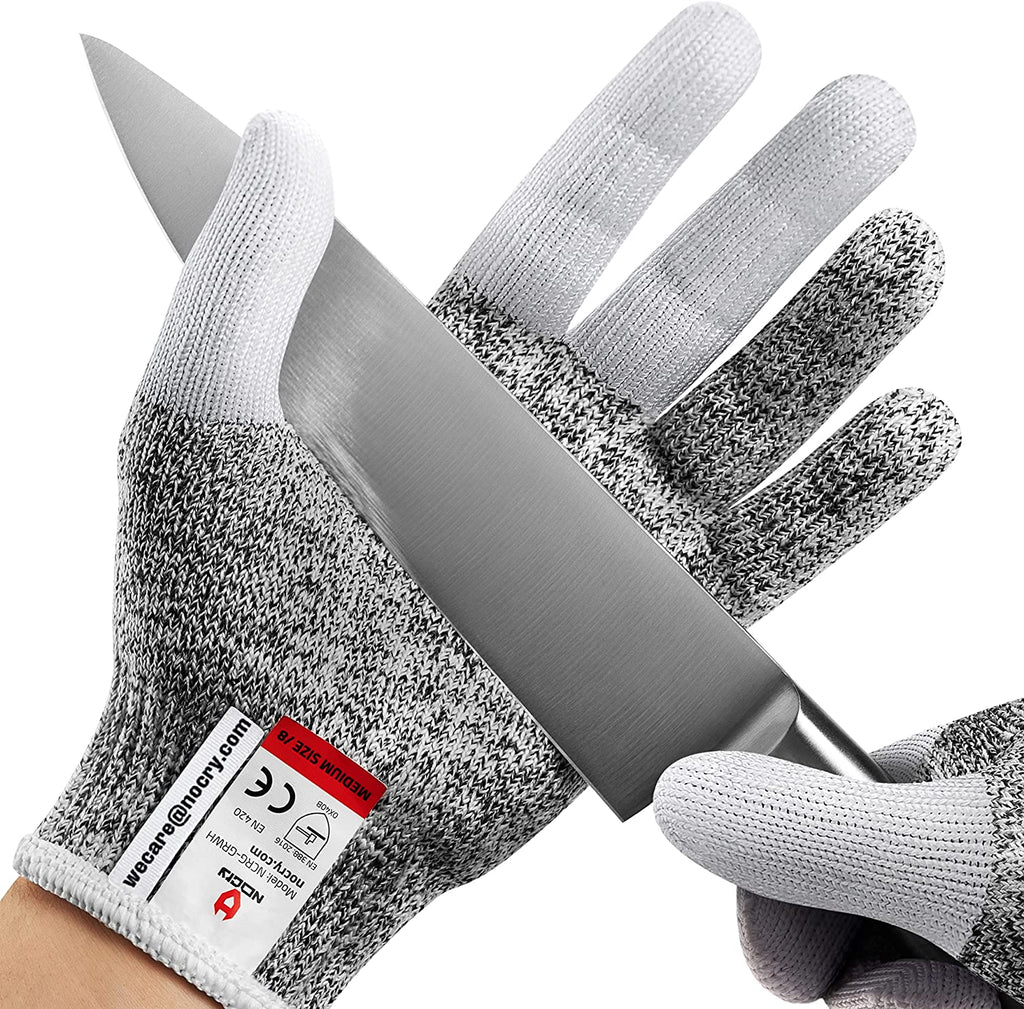Accidents can happen in the kitchen, and one of the most common mishaps is getting cut by a knife. Knowing how to treat a cut from a knife is essential for every kitchen hobbyist. Whether you're a seasoned chef or a home cook, having a few first-aid skills up your sleeve can make all the difference. In this comprehensive guide, we will delve into effective ways to treat knife cuts, ensuring that you handle such incidents with confidence and care.

The Immediate Steps to Take
First things first, remain calm. Panic can escalate the situation, making it more difficult to address the injury properly. Here are the critical steps to follow:
Step 1: Clean the Wound
Rinse the cut with clean, running water. This helps to remove any debris or dirt that may have entered the wound. Avoid using hot water, as it can cause further irritation. Soap and water should suffice for initial cleaning. You can learn more about first aid measures here.
Step 2: Stop the Bleeding
Apply gentle pressure to the cut with a clean cloth or sterile gauze. Hold the pressure for a few minutes until the bleeding subsides. If the bleeding is profuse or doesn't stop within 10-15 minutes, seek medical attention immediately.

When to Seek Medical Help
Not all knife cuts can be managed at home. Here are instances when you should consider consulting a healthcare provider:
Signs of Serious Injury
- Profuse or uncontrollable bleeding.
- Signs of infection, such as redness, warmth, or pus.
- The cut is deep and reveals muscle or bone.
- Numbness or loss of function in the affected area.

Best Practices for Post-Wound Care
Keeping the Wound Clean
Change the bandage daily or whenever it gets wet or dirty. Use antibacterial ointments to minimize infection risks. Continue to monitor the wound for any signs of complications.
Supporting the Healing Process
Proper nutrition plays a vital role in wound healing. Foods rich in vitamins A and C, zinc, and protein help speed up tissue repair. Stay hydrated and avoid smoking, as it can impede recovery.
Steps to Prevent Knife Cuts
Prevention is better than cure. Here are safety tips to help you avoid knife cuts:
Proper Knife Handling
Hold knives firmly and cut away from your body. Use cutting boards and ensure that they are stable to avoid slips. For more tips, check out our guide on proper knife handling.
Knife Maintenance
Keep your knives sharp. Dull knives are more likely to slip and cause injuries. Store them in a safe place, such as a knife block or magnetic strip. Learn more about keeping your knives in top shape in our knife maintenance guide.
Using Cutting Boards
A stable cutting board is essential for preventing slips and cuts. Discover the best boards in our cutting board guide.
Conclusion
Knowing how to treat a cut from a knife is crucial for anyone who spends time in the kitchen. By following these guidelines, you can effectively manage minor injuries and identify when to seek professional help. With proper care, most knife cuts heal without complications, allowing you to return to your culinary adventures in no time.
FAQs
1. What should I do if my cut gets infected?
If you notice signs of infection, such as increased redness, swelling, warmth, or pus, consult a healthcare provider immediately. They may prescribe antibiotics to manage the infection.
2. How long does it take for a knife cut to heal?
The healing time for a knife cut depends on the severity of the cut. Minor cuts may heal within a week, while deeper cuts could take several weeks. Proper wound care can help speed up the recovery process.
3. Can I use hydrogen peroxide to clean a knife cut?
While hydrogen peroxide can help clean wounds, it can also damage tissues and delay healing. It's best to use mild soap and water for cleaning the wound. Consult a healthcare provider for further advice.
As an Amazon Associate, I earn from qualifying purchases.


























